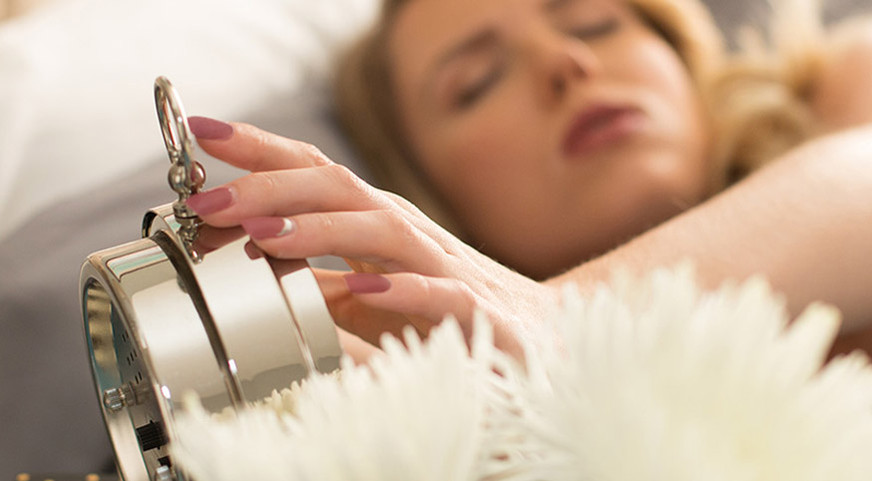Posted by Aline Martin O'Brien on 21st Oct 2020
Don’t Be Fooled by that Extra Hour of Sleep
“The best way to make your dreams come true is to wake up.” Paul Valéry (1871-1945)
But how do we do that, especially next week?
On Monday, November 2, most of North America will be getting up in the dark. Here are some ideas to help you and your families prepare for and prosper during those first few days of Standard Time.
Desynchronosis is what happens when the time changes and our circadian rhythms are affected. 370 million people in North America will be affected with this syndrome or condition on November 1, 2020. It is a real thing, and although it is only an hour change, it does have an effect and is worth a moment of thought and preparation.
The best advice is to be prepared and not let the Monday wake-up arrive like an unexpected and difficult guest. As we approach the beginning of Standard Time, try to adjust your routines in advance. If you normally start your bedtime routine at 8 pm, consider advancing that by 15-20 minutes each evening, starting on Thursday. Of course, this means advancing your evening meal, homework, computer time, etc., which requires some planning and discipline.
Getting to sleep earlier than normal may be facilitated by using some techniques designed to help you nestle into the arms of Morpheus.
- Light: soft lighting, turned progressively lower in intensity, can help the body incline naturally towards sleep. Of course, as part of your bedtime routine you will also be limiting television and computer screen time.
- Food and water: avoid large and/or spicy evening meals for the days before and after November 1. Drink plenty of water, and limit caffeine and alcohol consumption.
- Temperature: cool room temperatures are important to an easy transition into sleep. If lowering the temperature does not bring sleep, consider enhancing your experience with high tech bedding or cooling technologies. Spoiler alert: we have cooling bedding to help you sleep cooler.
- Melatonin is the hormone released by the pineal gland that helps regulate sleep. It is widely available in supplement form and some studies report that it helps in sleep. Other reports suggest it is most effective in helping with daytime napping, rather than night sleep.
- No naps. Unless you are having a real problem adjusting to the time change, the best advice is to avoid naps and try to keep on your usual rhythm.
- Comfy bedding. There is nothing like an inviting bed and soft pillows, fresh sheets, fluffy comforter and a cozy blanket to entice you into advancing your bedtime schedule.
As important as getting to sleep earlier than normal, you must also begin to wake up 15-20 minutes earlier each day. Waking up is an art, and, done properly, can contribute to a successful day. Try to avoid beginning your day with a clanging alarm. Here are some alternatives:
- Chimes or music. Mobile devices and music systems can be easily configured to give gentle reminders.
- Light. Since the sun is going to be a late riser, set your lamp timers to turn on different, progressively brighter lights, starting 20 minutes before you want to rise. You can also consider a sunrise alarm clock to help you wake more gradually.
- Develop your inner clock. Try waking yourself by repeating before you fall asleep that you will wake up before the alarm rings. Make note of whether you feel any different between waiting for the alarm versus waking up on your own.
These are our best tips for dealing with the annual gain of one hour of sleep. Don’t let this windfall wreck your routine, and be careful and alert as the light changes and your schedule remains the same.
If these reflections cause you to consider the state of your bedding, please contact our customer service line for a friendly chat and discussion of your options.

